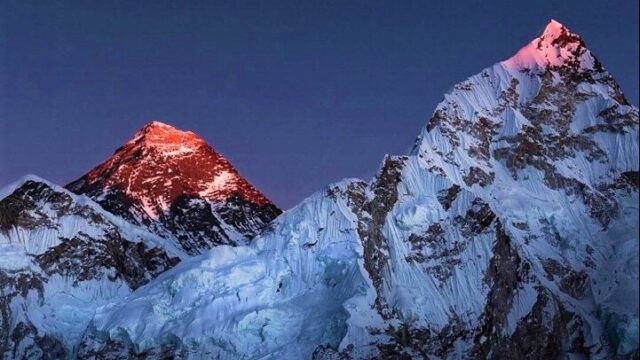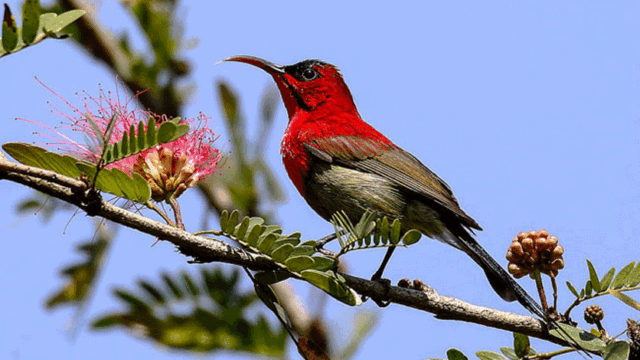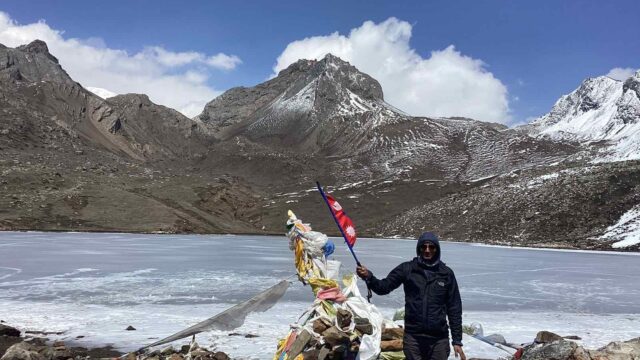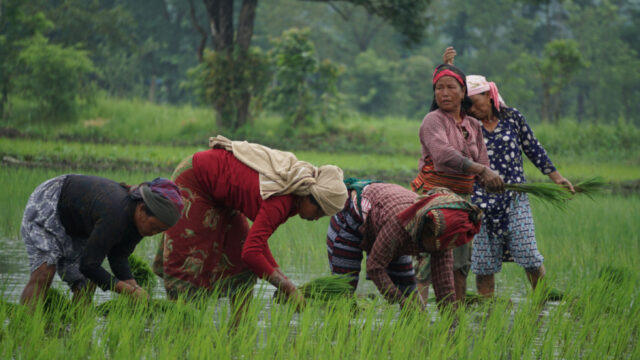As a trekking guide and tourism professional in Nepal, I’ve had the privilege of meeting travelers from all over the world who come here seeking adventure, cultural experiences, and spiritual serenity. Nepal, often called the land of the Himalayas, has immense tourism potential, but it is undeniable that the sector faces significant challenges. One of the major issues I’ve observed is the lack of comprehensive and easily accessible information for tourists.
Many travelers are confused about trekking routes, transportation options, permits, conservation areas, and the availability of guides and porters. This confusion can lead to frustration, making it difficult for tourists to plan their trips efficiently. Trekking Information Gap Nepal boasts iconic trekking destinations like Everest Base Camp, Annapurna Circuit, and Langtang Valley. However, information on newer and less crowded trails, such as the Mardi Himal and Manaslu circuits, is scarce.
Tourists often ask me: “Which trek is best for me based on my experience and fitness level?” Unfortunately, there is no single platform that provides detailed insights into the difficulty levels, altitudes, distances, and cultural highlights of these trails. Similarly, many trekkers are unaware of essential facts, such as which treks require permits and what conservation regulations they must follow. For example, entering the Annapurna Conservation Area and Sagarmatha National Park requires specific permits, but this information is not always communicated clearly.
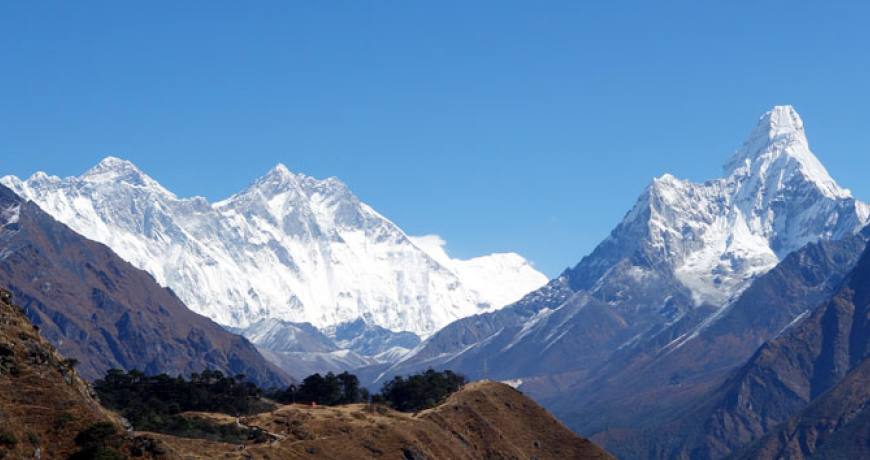
Wildlife and Eco-Tourism Potential Nepal is home to diverse flora and fauna, including rare species like the red panda, Himalayan monal, and Bengal tiger. Birdwatching and jungle safaris in Chitwan and Bardiya National Parks offer incredible experiences. Yet, these eco-tourism opportunities are often overlooked due to inadequate promotion and a lack of organized tours for nature lovers. Transportation and Accessibility Issues Getting to remote trekking regions remains a challenge.
Flights to places like Lukla (the gateway to Everest) and Jomsom are often subject to unpredictable weather, causing delays and cancellations. Road conditions to trekking starting points like Syabrubesi for Langtang or Dharapani for Annapurna Circuit are poor and lack proper signage. Travelers frequently face difficulties finding reliable information about bus schedules, flight availability, and private vehicle options. This logistical uncertainty discourages potential tourists.
Data Gaps in Visitor Statistics Another pressing issue is the lack of reliable data on tourist arrivals and trekking trends. How many trekkers visit each region annually? What are the busiest seasons for specific treks? Having access to such data would help tourism operators like me design better packages and services tailored to tourist preferences. The Need for a Digital Tourism Platform To address these challenges, Nepal needs a centralized digital platform where tourists can find accurate information on trekking routes, conservation areas, permits, transportation options, and guide services.
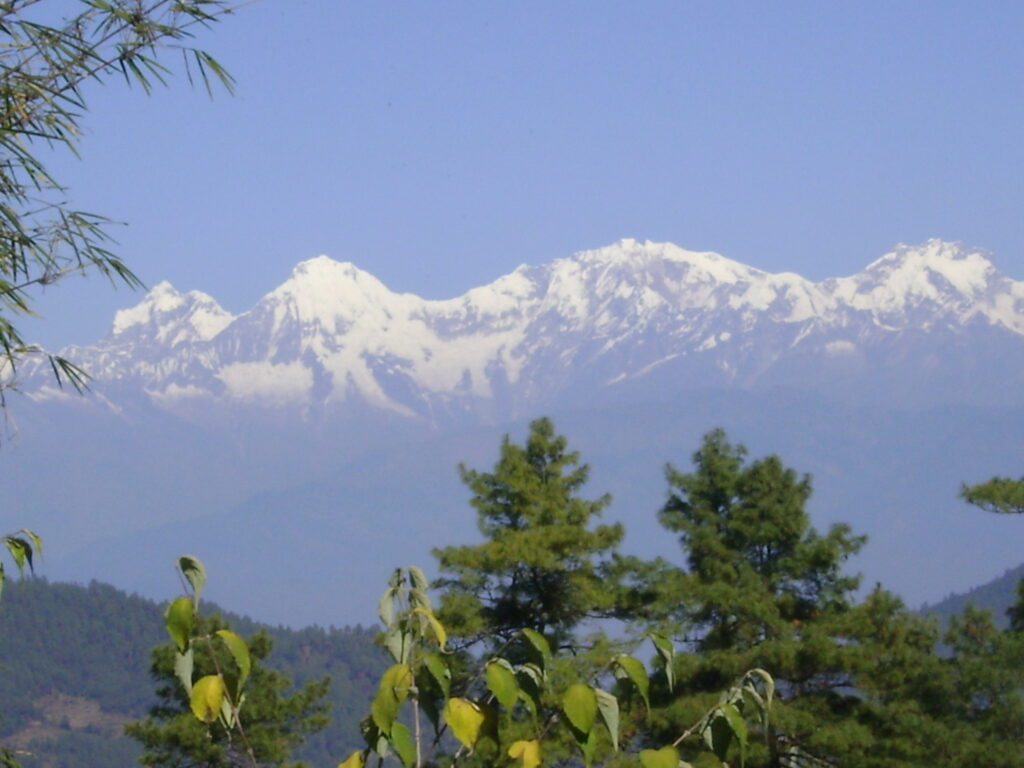
An interactive platform could offer: Detailed maps of trekking routes with altitude profiles Information on wildlife and birdwatching spots Real-time updates on transportation options Verified listings of certified guides and porters Such a platform would not only benefit tourists but also empower local businesses, guides, and porters by connecting them directly with travelers. Sustainable Tourism for Long-Term Success Sustainable tourism must be a priority.
As a trekking guide, I’ve seen firsthand the environmental impact of unmanaged tourism, especially on popular trails. Proper waste management, responsible trekking practices, and eco-friendly accommodations are essential to preserve Nepal’s natural beauty. Collaborative Efforts for Improvement The government, tourism boards, and private stakeholders must come together to promote Nepal as a world-class destination. Investment in infrastructure, training programs for guides and porters, and innovative marketing strategies will help elevate Nepal’s status on the global tourism map.
Nepal is a land of unparalleled beauty and adventure. As someone deeply connected to the tourism industry, I believe that by addressing these challenges, we can unlock Nepal’s true potential and offer unforgettable experiences to travelers from around the world. Together, let’s make Nepal a destination where every visitor finds clarity, comfort, and adventure.
Written By: Pari Adhikari (Tourism Professional and Trekking Guide)


